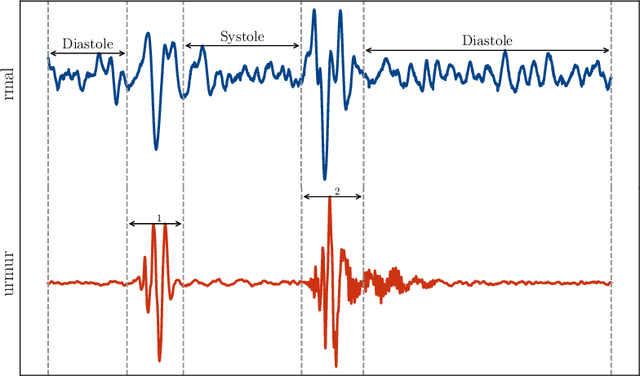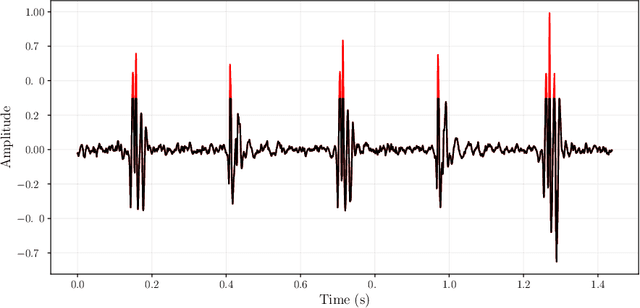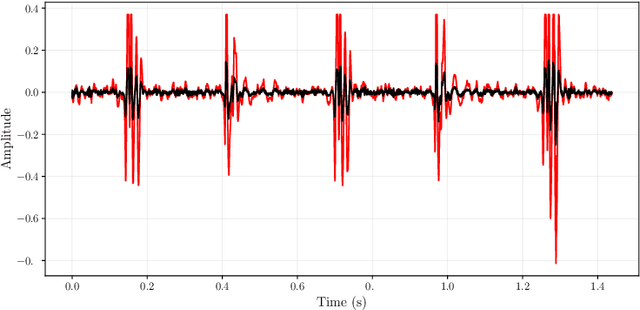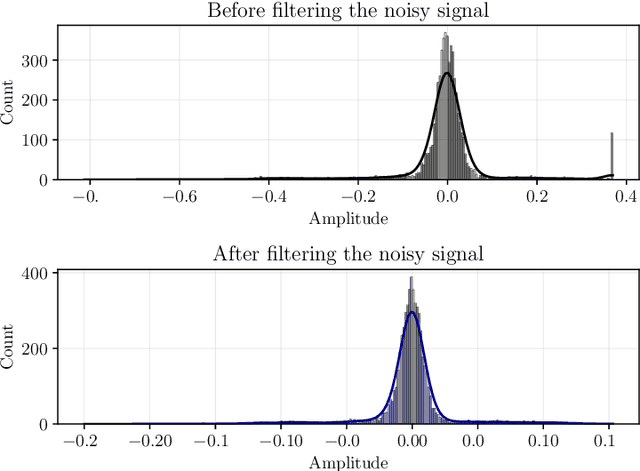Shreya Ghosh
TripCraft: A Benchmark for Spatio-Temporally Fine Grained Travel Planning
Feb 27, 2025



Abstract:Recent advancements in probing Large Language Models (LLMs) have explored their latent potential as personalized travel planning agents, yet existing benchmarks remain limited in real world applicability. Existing datasets, such as TravelPlanner and TravelPlanner+, suffer from semi synthetic data reliance, spatial inconsistencies, and a lack of key travel constraints, making them inadequate for practical itinerary generation. To address these gaps, we introduce TripCraft, a spatiotemporally coherent travel planning dataset that integrates real world constraints, including public transit schedules, event availability, diverse attraction categories, and user personas for enhanced personalization. To evaluate LLM generated plans beyond existing binary validation methods, we propose five continuous evaluation metrics, namely Temporal Meal Score, Temporal Attraction Score, Spatial Score, Ordering Score, and Persona Score which assess itinerary quality across multiple dimensions. Our parameter informed setting significantly enhances meal scheduling, improving the Temporal Meal Score from 61% to 80% in a 7 day scenario. TripCraft establishes a new benchmark for LLM driven personalized travel planning, offering a more realistic, constraint aware framework for itinerary generation. Dataset and Codebase will be made publicly available upon acceptance.
A Racing Dataset and Baseline Model for Track Detection in Autonomous Racing
Feb 19, 2025Abstract:A significant challenge in racing-related research is the lack of publicly available datasets containing raw images with corresponding annotations for the downstream task. In this paper, we introduce RoRaTrack, a novel dataset that contains annotated multi-camera image data from racing scenarios for track detection. The data is collected on a Dallara AV-21 at a racing circuit in Indiana, in collaboration with the Indy Autonomous Challenge (IAC). RoRaTrack addresses common problems such as blurriness due to high speed, color inversion from the camera, and absence of lane markings on the track. Consequently, we propose RaceGAN, a baseline model based on a Generative Adversarial Network (GAN) that effectively addresses these challenges. The proposed model demonstrates superior performance compared to current state-of-the-art machine learning models in track detection. The dataset and code for this work are available at github.com/RaceGAN.
Exploring Language Model Generalization in Low-Resource Extractive QA
Sep 27, 2024Abstract:In this paper, we investigate Extractive Question Answering (EQA) with Large Language Models (LLMs) under domain drift, i.e., can LLMs generalize well to closed-domains that require specific knowledge such as medicine and law in a zero-shot fashion without additional in-domain training? To this end, we devise a series of experiments to empirically explain the performance gap. Our findings suggest that: a) LLMs struggle with dataset demands of closed-domains such as retrieving long answer-spans; b) Certain LLMs, despite showing strong overall performance, display weaknesses in meeting basic requirements as discriminating between domain-specific senses of words which we link to pre-processing decisions; c) Scaling model parameters is not always effective for cross-domain generalization; and d) Closed-domain datasets are quantitatively much different than open-domain EQA datasets and current LLMs struggle to deal with them. Our findings point out important directions for improving existing LLMs.
MRAC Track 1: 2nd Workshop on Multimodal, Generative and Responsible Affective Computing
Sep 11, 2024Abstract:With the rapid advancements in multimodal generative technology, Affective Computing research has provoked discussion about the potential consequences of AI systems equipped with emotional intelligence. Affective Computing involves the design, evaluation, and implementation of Emotion AI and related technologies aimed at improving people's lives. Designing a computational model in affective computing requires vast amounts of multimodal data, including RGB images, video, audio, text, and physiological signals. Moreover, Affective Computing research is deeply engaged with ethical considerations at various stages-from training emotionally intelligent models on large-scale human data to deploying these models in specific applications. Fundamentally, the development of any AI system must prioritize its impact on humans, aiming to augment and enhance human abilities rather than replace them, while drawing inspiration from human intelligence in a safe and responsible manner. The MRAC 2024 Track 1 workshop seeks to extend these principles from controlled, small-scale lab environments to real-world, large-scale contexts, emphasizing responsible development. The workshop also aims to highlight the potential implications of generative technology, along with the ethical consequences of its use, to researchers and industry professionals. To the best of our knowledge, this is the first workshop series to comprehensively address the full spectrum of multimodal, generative affective computing from a responsible AI perspective, and this is the second iteration of this workshop. Webpage: https://react-ws.github.io/2024/
1M-Deepfakes Detection Challenge
Sep 11, 2024



Abstract:The detection and localization of deepfake content, particularly when small fake segments are seamlessly mixed with real videos, remains a significant challenge in the field of digital media security. Based on the recently released AV-Deepfake1M dataset, which contains more than 1 million manipulated videos across more than 2,000 subjects, we introduce the 1M-Deepfakes Detection Challenge. This challenge is designed to engage the research community in developing advanced methods for detecting and localizing deepfake manipulations within the large-scale high-realistic audio-visual dataset. The participants can access the AV-Deepfake1M dataset and are required to submit their inference results for evaluation across the metrics for detection or localization tasks. The methodologies developed through the challenge will contribute to the development of next-generation deepfake detection and localization systems. Evaluation scripts, baseline models, and accompanying code will be available on https://github.com/ControlNet/AV-Deepfake1M.
MIP-GAF: A MLLM-annotated Benchmark for Most Important Person Localization and Group Context Understanding
Sep 10, 2024Abstract:Estimating the Most Important Person (MIP) in any social event setup is a challenging problem mainly due to contextual complexity and scarcity of labeled data. Moreover, the causality aspects of MIP estimation are quite subjective and diverse. To this end, we aim to address the problem by annotating a large-scale `in-the-wild' dataset for identifying human perceptions about the `Most Important Person (MIP)' in an image. The paper provides a thorough description of our proposed Multimodal Large Language Model (MLLM) based data annotation strategy, and a thorough data quality analysis. Further, we perform a comprehensive benchmarking of the proposed dataset utilizing state-of-the-art MIP localization methods, indicating a significant drop in performance compared to existing datasets. The performance drop shows that the existing MIP localization algorithms must be more robust with respect to `in-the-wild' situations. We believe the proposed dataset will play a vital role in building the next-generation social situation understanding methods. The code and data is available at https://github.com/surbhimadan92/MIP-GAF.
7th ABAW Competition: Multi-Task Learning and Compound Expression Recognition
Jul 04, 2024



Abstract:This paper describes the 7th Affective Behavior Analysis in-the-wild (ABAW) Competition, which is part of the respective Workshop held in conjunction with ECCV 2024. The 7th ABAW Competition addresses novel challenges in understanding human expressions and behaviors, crucial for the development of human-centered technologies. The Competition comprises of two sub-challenges: i) Multi-Task Learning (the goal is to learn at the same time, in a multi-task learning setting, to estimate two continuous affect dimensions, valence and arousal, to recognise between the mutually exclusive classes of the 7 basic expressions and 'other'), and to detect 12 Action Units); and ii) Compound Expression Recognition (the target is to recognise between the 7 mutually exclusive compound expression classes). s-Aff-Wild2, which is a static version of the A/V Aff-Wild2 database and contains annotations for valence-arousal, expressions and Action Units, is utilized for the purposes of the Multi-Task Learning Challenge; a part of C-EXPR-DB, which is an A/V in-the-wild database with compound expression annotations, is utilized for the purposes of the Compound Expression Recognition Challenge. In this paper, we introduce the two challenges, detailing their datasets and the protocols followed for each. We also outline the evaluation metrics, and highlight the baseline systems and their results. Additional information about the competition can be found at \url{https://affective-behavior-analysis-in-the-wild.github.io/7th}.
FunnelNet: An End-to-End Deep Learning Framework to Monitor Digital Heart Murmur in Real-Time
May 10, 2024



Abstract:Objective: Heart murmurs are abnormal sounds caused by turbulent blood flow within the heart. Several diagnostic methods are available to detect heart murmurs and their severity, such as cardiac auscultation, echocardiography, phonocardiogram (PCG), etc. However, these methods have limitations, including extensive training and experience among healthcare providers, cost and accessibility of echocardiography, as well as noise interference and PCG data processing. This study aims to develop a novel end-to-end real-time heart murmur detection approach using traditional and depthwise separable convolutional networks. Methods: Continuous wavelet transform (CWT) was applied to extract meaningful features from the PCG data. The proposed network has three parts: the Squeeze net, the Bottleneck, and the Expansion net. The Squeeze net generates a compressed data representation, whereas the Bottleneck layer reduces computational complexity using a depthwise-separable convolutional network. The Expansion net is responsible for up-sampling the compressed data to a higher dimension, capturing tiny details of the representative data. Results: For evaluation, we used four publicly available datasets and achieved state-of-the-art performance in all datasets. Furthermore, we tested our proposed network on two resource-constrained devices: a Raspberry PI and an Android device, stripping it down into a tiny machine learning model (TinyML), achieving a maximum of 99.70%. Conclusion: The proposed model offers a deep learning framework for real-time accurate heart murmur detection within limited resources. Significance: It will significantly result in more accessible and practical medical services and reduced diagnosis time to assist medical professionals. The code is publicly available at TBA.
Milestones in Bengali Sentiment Analysis leveraging Transformer-models: Fundamentals, Challenges and Future Directions
Jan 15, 2024Abstract:Sentiment Analysis (SA) refers to the task of associating a view polarity (usually, positive, negative, or neutral; or even fine-grained such as slightly angry, sad, etc.) to a given text, essentially breaking it down to a supervised (since we have the view labels apriori) classification task. Although heavily studied in resource-rich languages such as English thus pushing the SOTA by leaps and bounds, owing to the arrival of the Transformer architecture, the same cannot be said for resource-poor languages such as Bengali (BN). For a language spoken by roughly 300 million people, the technology enabling them to run trials on their favored tongue is severely lacking. In this paper, we analyze the SOTA for SA in Bengali, particularly, Transformer-based models. We discuss available datasets, their drawbacks, the nuances associated with Bengali i.e. what makes this a challenging language to apply SA on, and finally provide insights for future direction to mitigate the limitations in the field.
Improving Transferability of Network Intrusion Detection in a Federated Learning Setup
Jan 07, 2024Abstract:Network Intrusion Detection Systems (IDS) aim to detect the presence of an intruder by analyzing network packets arriving at an internet connected device. Data-driven deep learning systems, popular due to their superior performance compared to traditional IDS, depend on availability of high quality training data for diverse intrusion classes. A way to overcome this limitation is through transferable learning, where training for one intrusion class can lead to detection of unseen intrusion classes after deployment. In this paper, we provide a detailed study on the transferability of intrusion detection. We investigate practical federated learning configurations to enhance the transferability of intrusion detection. We propose two techniques to significantly improve the transferability of a federated intrusion detection system. The code for this work can be found at https://github.com/ghosh64/transferability.
 Add to Chrome
Add to Chrome Add to Firefox
Add to Firefox Add to Edge
Add to Edge